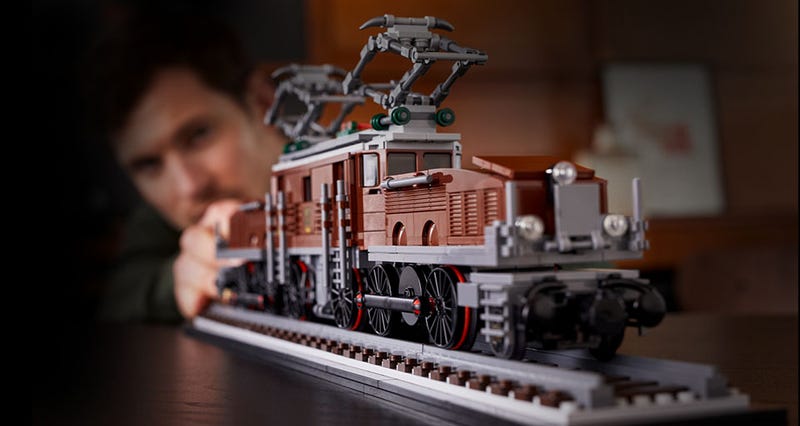How we made The Beatles out of LEGO® bricks
What’s needed to design the LEGO® Art The Beatles wall art?
All You Need Is Love.
Well… that and two of our finest designers – Kitt Kossmann and Christopher Stamp. We chatted with them as part of our Brick Expander series to learn more about the development process of this model (and to sneak some excruciating Beatles puns into our questions – how many can you spot?).

